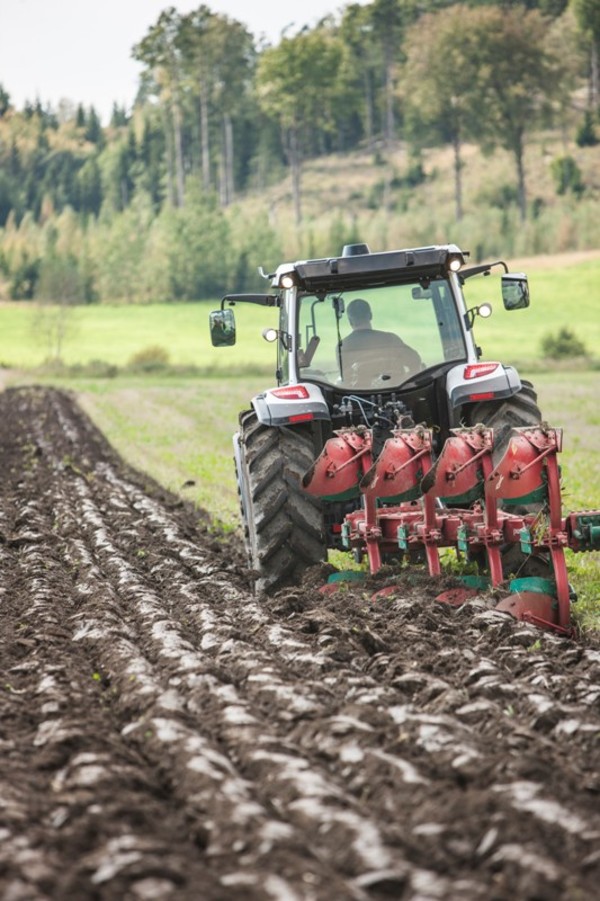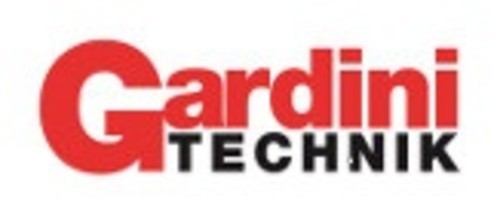
Positive trend for global market
After the peak reached in 2017, for 2018 Agrievolution and Cema expect a decline in sales, based on the manufacturers' confidence index. The market should remain dynamic in the major countries also due to government support policies. The Russian and French markets are slowing down
After the boom of 2017, the world market for agricultural machinery will continue to run in 2018, but at a less sustained pace. This is shown in the Agrievolution Business Barometer, a six-monthly survey on market sentiment by the international association that brings together the representatives of agricultural machinery manufacturers from the most important countries. According to the Business Barometer, the fund has stabilized on the 2017 growth rates and should not be accelerating in the coming months. On the contrary, according to the data collected by Agrievolution for Europe, China, the United States and the other main countries report a slight decline in confidence (in the USA in particular, builders manufacturers fear a deterioration in the fundamentals of the primary sector). In China and Russia – says the Business Barometer – government support for the respective agricultural systems should balance out, at least in part, this downward trend, while the Indian and Japanese manufacturers look with optimism at the remaining six months of the year. The slowdown in the European agro-mechanical market is essentially confirmed by another market survey, the Business Barometer of Cema, the association of European agricultural machinery manufacturers. “The index that measures the confidence of European producers has worsened but is still high. For the future – Cema writes – a certain level of caution prevails, also because orders from Europe and countries outside Europe seem to have lost momentum. Especially the countries of the former Soviet area and Great Britain are struggling”. According to this survey, the share of optimistic companies, i.e. those that in the next six months expect a growth in turnover, decreased by 11 percentage points between March and May, while the share of companies that expect a stop has increased by 6%.
At the end of 2017, the world market for agricultural machinery recorded a clearly positive trend, albeit with very different percentages from country to country. In the first months of the year, the sales of tractors were soaring in India and China, respectively +19% and +33%, while in Russia and Brazil they scored a +20% and +11%. The numbers for the USA are lower (+4.5%) but still positive, also considering the fact that in this case it is a country that starts from high levels of mechanization and therefore shows the dynamics typical of mature markets. Europe deserves a separate mention, with the implementation of the Mother Regulation weighing on the sector’s performance. Since January 2018 the new European legislation has introduced new criteria for approvals, prompting the industry to adopt more marketing initiatives in the last months of 2017, to put on the market the stock of machinery already produced and therefore not compliant with the new rules. This explains the peaks in registrations in Germany (+19.3% on 2016), France (+11%) and Italy (+23.8%).
The first data for 2018, relating to the January-April period, seem to confirm the trend reported by Agrievolution and Cema. In fact, between January and April tractor sales saw a drop in Germany (-15.1%), France (-19,8%), Spain (-13.4% compared to the first three months of 2017), the Russian Federation, with a dramatic contraction of the tractors segment (-16.9%) due to the collapse of the low power vehicles (sales almost halved compared to 2017) and Great Britain, albeit still in positive territory, recording the slowdown expected by the manufacturers’ associations (+1.5% ). A minus sign also marked the Italian tractors market (-3.3%), which however does not differ too much from the 2018 levels (the comparison is with the first four months). The exception are tractors with loading platform and telehandlers, which recorded an increase in sales.








